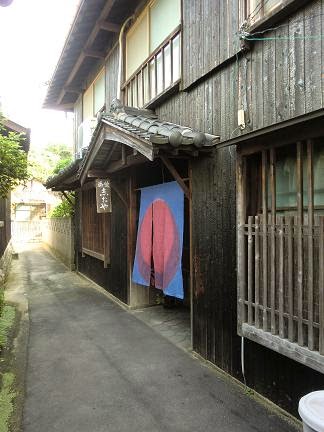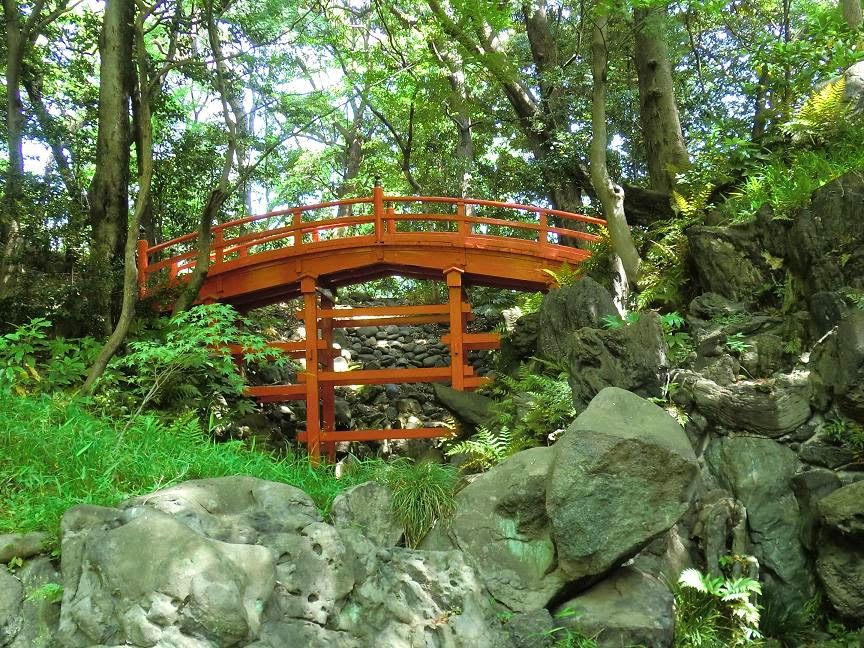 |
| Colored autumn leaves at Taima temple |
Taking bullet train "Shinkansen" and local train from Tokyo early morning arrived Nara around 10am. First place we went was Taima temple. The temple was constructed in 612. The temple is famous of displaying Taima Mandala which has legend of Chujyohime (princess Cyujyo) wove the entire Taima mandala tapestry in one night.
Also they have “Miroku (Maitreya) Buddha” and “Shitenno,” the oldest dry lacquer statues in Japan.
It was very good season of seeing autumn leaves colored yellow, orange and red. The foliage were as beautiful as brocade.
 |
| The garden of Akishino temple |
On the way back to the hotel we found Sake bar "Nara Izumi" where serves many kinds of sake produced from Nara prefecture. We tasted 4 kinds and they were very tasty.
Second day, we visited Shin Yakushiji temple which located near our hotel. First impression was a small temple. But once I got in inside of main hall, I was astonished. A large sitting Yakushinyorai (Buddha able to cure all ills) was encircle by the twelve divine generals with full feelings of lively motions. They were simply overwhelming!
Next we went to Hokke-do (Sangatsu-do) of Todaiji. Todaiji is most famous temple and landmark in Nara. All the Buddha placed there looked great. Especially Fukukenjaku Kannon was gorgeous. There is a crystal between her perms. We looked into monocle and see it well. Also the Kannon holds lopes in her lower arms. It is said the Kannon uses this rope to catch wandering souls and lead them to salvation.
 |
| Myoshinji temple |
TV. Quiet atmosphere and healthy vegetarian food...feel like I am purified.
Last day we decided to spend the time for the things related to "Cha do (the way of tea)"since I'm practicing tea gathering.
We went Chado Research Center Galleries and Daitokuji Temple. In Chado Research Center Galleries we looked at many kinds of tea bowls. Also we were served green tea and Japanese sweets. Each person was served green tea in different tea bowl created by different artists. The tea bowl served me was made by the artist who hosted tea gathering in Tokyo about 1 month ago. So I was surprised by a chance.
 |
| Tea room in Kotoku-in |
 |
| The garden of Kotoku-in |




























